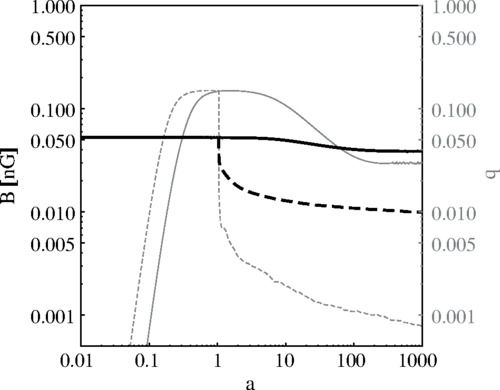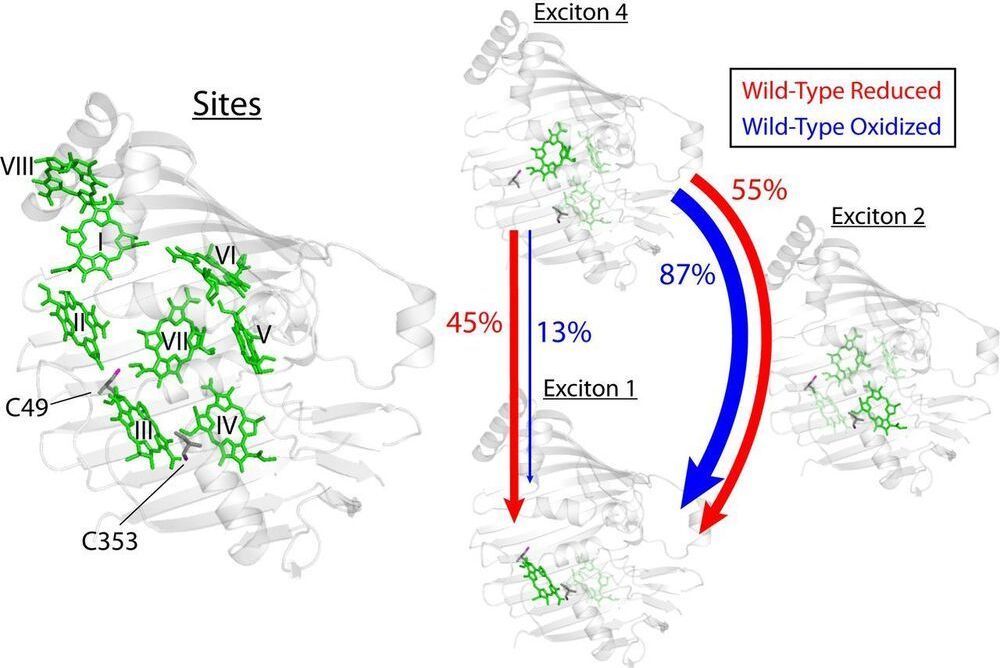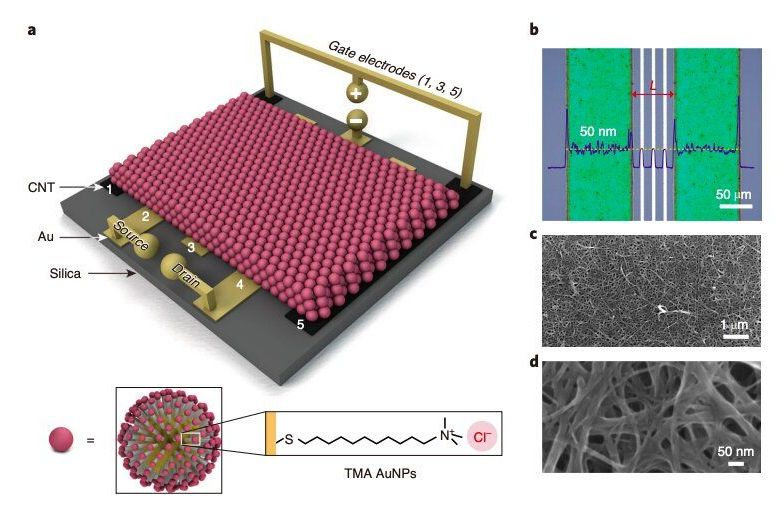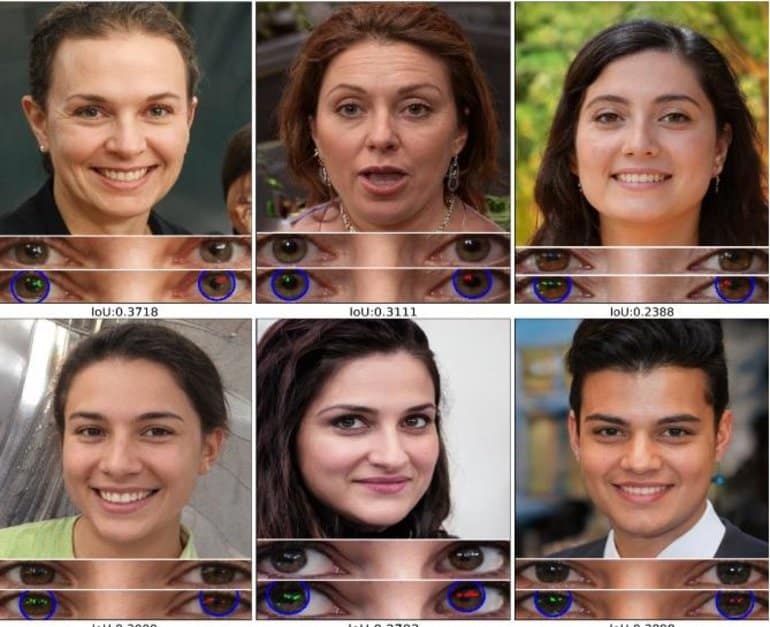Most cancers are driven by continuous cell division, the cause of which is largely a mystery. Scientists at Vanderbilt University have discovered a genetic switch that seems to touch off that abnormal proliferation of cells—and they did it with the gene editing system CRISPR.
Using a genomewide CRISPR screen, the Vanderbilt team discovered that deleting a protein made by the gene TRAF3 causes cells to proliferate without stopping, even after they reach a certain density that would normally signal them to stop dividing. Because TRAF3 has not been linked to cancer before, the finding could offer key insights into the development of some cancers, the researchers reported in the journal eLife.
The team started with 40 million epithelial cells, using CRISPR to select cells that kept dividing uncontrollably. They were surprised to discover that a loss of TRAF3 activates signaling that in turn drives cell proliferation. TRAF3 normally activates immunity and had not been linked to uncontrolled cell growth before, they said.









